Our mission is to mobilize data to inform action for healthier communities, and partnerships are a critical part of our efforts to achieve this.
Our previous and current partners include:

AIRE Collaborative
The Allies in Reducing Emissions (AIRE) Collaborative aims to help establish a common foundation for community-engaged air emissions reductions strategies and scientifically-accurate air monitoring within environmental justice communities that promote a sustainable and healthy environment. The six member organizations of the AIRE collaborative are: Casa Familiar, Central California Environmental Justice Network, Coalition for a Safer Environment, Comite Civico del Valle, LEAP Institute, and West Oakland Environmental Indicators Project. We are working with the AIRE Collaborative to provide technical assistance on the implementation and use of community air monitoring.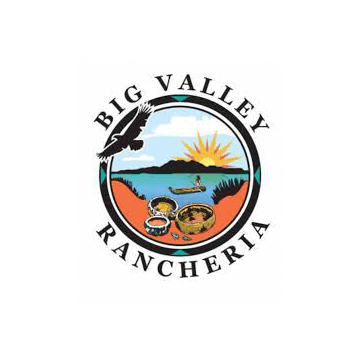
Big Valley Band of Pomo Indians
Big Valley Tribal members are descendants of the Xa-Ben-Na-Po Band of Pomo Indians that historically have inhabited the Clear Lake area for over 11,800 years. Big Valley Band of Pomo Indians have been actively engaged in collection of data on cyanobacteria and cyanotoxins in Clear Lake for over a decade, and the tribe is collaborating closely with us as the local implementation partners on all parts of our CalWATCH (harmful algal bloom reporting) project. Big Valley Band of Pomo Indians also participates as a member of our Tracking Implementation Advisory Group.
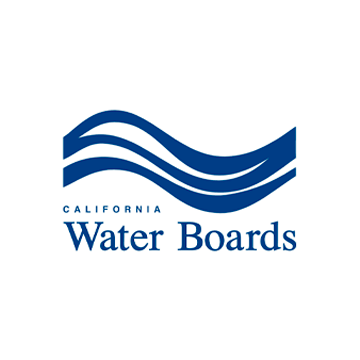
California State Water Resources Control Board (SWRCB) of the California EPA
Housed within Cal/EPA, the SWRCB work to preserve, enhance, and restore the quality of California's water resources and drinking water for the protection of the environment, public health, and all beneficial uses, and to ensure proper water resource allocation and efficient use, for the benefit of present and future generations. Tracking California's relationship began when CDPH's Drinking Water Program, a collaborator on our Water Boundary Tool, was transferred to SWRCB in 2014. We're continuing to work with programs within CA Waterboards. SWRCB is providing technical assistance for the CalWATCH project (harmful algal bloom reporting).

California Office of Environmental Health Hazards Assessment (OEHHA) of California EPA
OEHHA is the lead state agency for the assessment of health risks posed by environmental contaminants. OEHHA's mission is to protect human health and the environment through scientific evaluation of risks posed by hazardous substances. Tracking California has worked with OEHHA since the beginning of our program in 2002 and has also helped OEHHA with the CalEnviroScreen. OEHHA coordinates closely with other state agencies working on HABs-related issues and is participating as a partner on our CalWATCH project. OEHHA also participates as a member of our Tracking Implementation Advisory Group.

California Department of Public Health's Office of Health Equity (OHE)
The OHE provides a key leadership role to reduce health and mental health disparities experienced by vulnerable communities in California, working with community-based organizations and local governmental agencies to ensure that community perspectives and input help to shape a health equity lens in policies and strategic plans, recommendations, and implementation activities. Tracking California partnered with OHE to develop climate change and health vulnerability indicators.
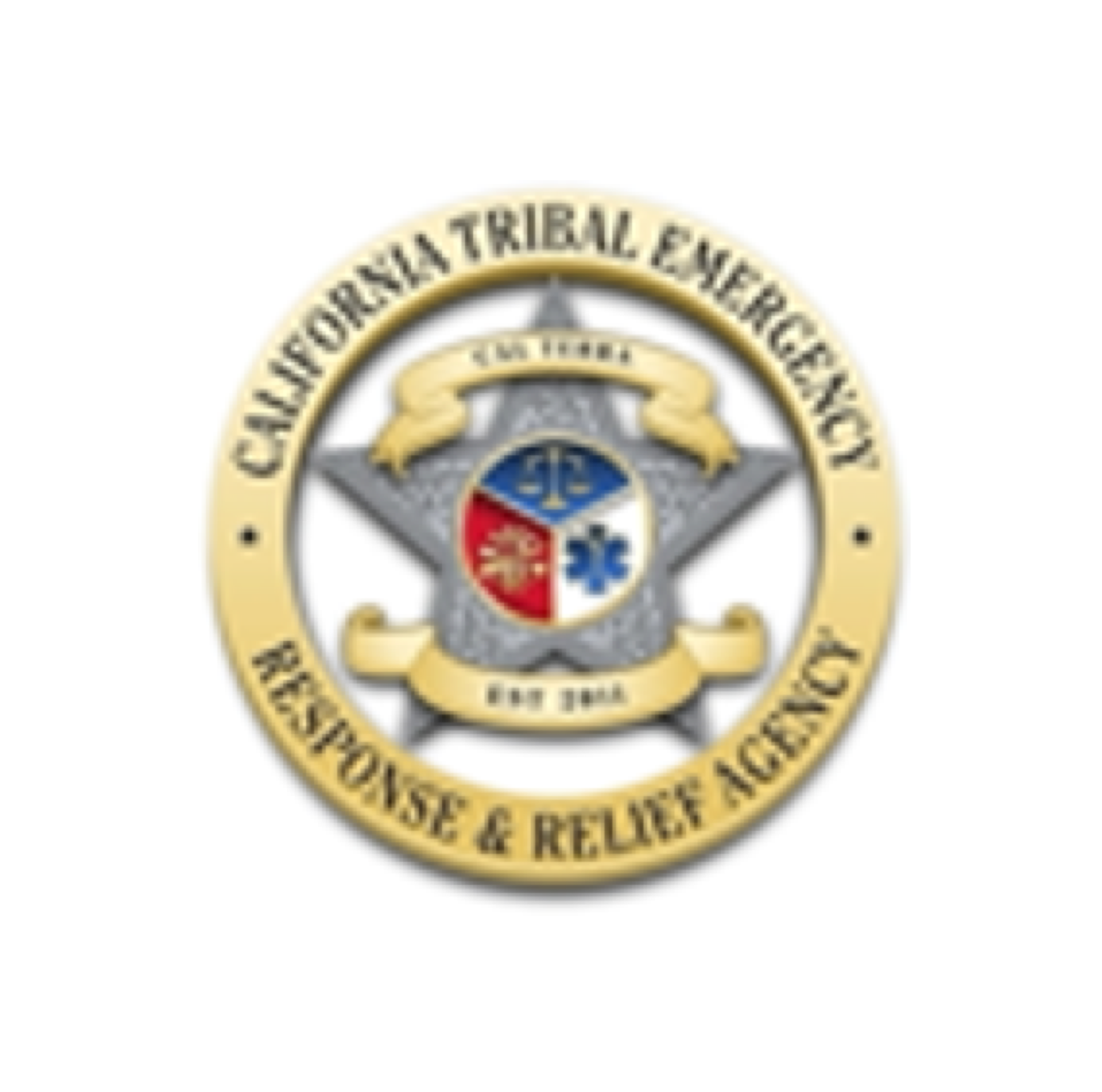
CALTERRA
California Tribal Emergency Response & Relief Agency (CalTERRA) is a Tribal-led organization committed to empowering individuals and businesses with the knowledge and skills needed to prepare for emergencies and disasters. They believe that every person should have the resources to be prepared and that community resilience is bolstered by individual readiness. Tracking California is working with CalTERRA as part of the CHARM project, specifically in the organization of a severe heat tabletop exercise to increase capacity of Lake County emergency response to extreme heat events.

Casa Familiar
Casa Familiar is a community-based organization dedicated to serving residents in South San Diego County. The mission of Casa Familiar allows the dignity, power, and worth within individuals and families to flourish, by enhancing the quality of life through education, advocacy, service programming, housing and community economic development. Tracking California began working with Casa Familiar in 2019 to host a community air monitoring workshop in San Ysidro and continues to support Casa Familiar's efforts to provide community air monitoring across the San Ysidro Valley. We are also providing technical assistance to the AIRE Collaborative, of which Casa Familiar is a member.
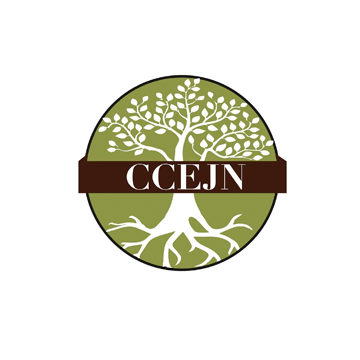
Central California Environmental Justice Network (CCEJN)
CCEJN is a coalition of grassroots environmental justice groups in the Central Valley working to end environmental racism, achieve economic justice, and health equity through sustainable regional solutions. Tracking California began working with CCEJN in 2015 on a pilot air monitoring project in Lost Hills, CA. Tracking California is now working with CCAC, CCEJN, and CVAQ to support their implementation of a California Air Resources Board community air grant. We are providing scientific guidance, data analysis, project evaluation, and other technical support to install 5 pilot methane monitors throughout the San Joaquin Valley. We have also co-hosted a community air monitoring workshop with CCEJN and are providing technical assistance to the AIRE Collaborative, of which CCEJN is a member. CCEJN also participates as a member of our Tracking Implementation Advisory Group.
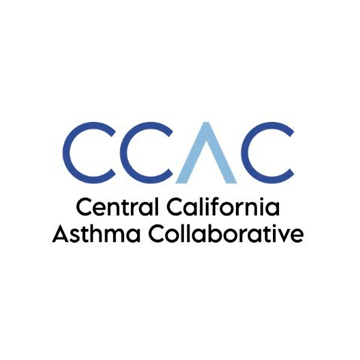
Central California Asthma Collaborative (CCAC)
CCAC's mission is to provide education and direct services, build regional capacity and advocate for sensible policies that improve health and address inequities by reducing environmental impacts and emphasizing the prevention and management of chronic disease. In 2018, Tracking California began working with CCAC, CCEJN, and CVAQ to support their implementation of a California Air Resources Board community air grant. We are providing scientific guidance, data analysis, project evaluation, and other technical support to install 5 pilot methane monitors throughout the San Joaquin Valley.
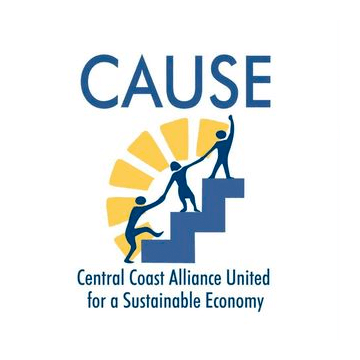
Central Coast Alliance United for a Sustainable Economy (CAUSE)
CAUSE is a base-building organization committed to social, economic, and environmental justice for working-class and immigrant communities in California's Central Coast. Tracking California is working in collaboration with CAUSE as the core local partner in Ventura County on our Achieving Resilient Communities (ARC) project, which is supporting initiatives among farmworkers in several California counties to build local climate resilience.
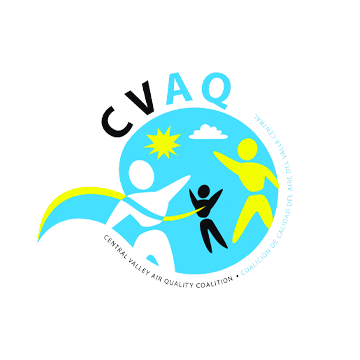
Central Valley Air Quality Coalition (CVAQ)
CVAQ's mission is to work toward awareness, act as a watchdog, advocate for policy, and mobilize communities to create clean air in the San Joaquin Valley. CVAQ will ensure that people of all races, cultures, classes, and beliefs have meaningful opportunities to be involved in community projects, policy development, and regulatory processes to improve regional health. In 2018, Tracking California began working with CCAC, CCEJN, and CVAQ to support their implementation of a California Air Resources Board community air grant. We are providing scientific guidance, data analysis, project evaluation, and other technical support to install 5 pilot methane monitors throughout the San Joaquin Valley.
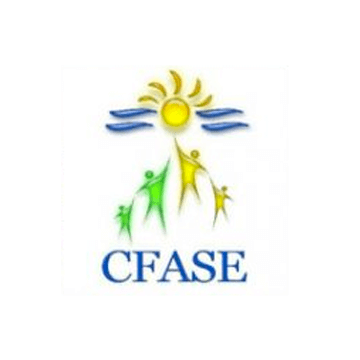
Coalition for a Safe Environment (CFASE)
CFASE is a community-based organization in Los Angeles. CFASE aims to mitigate, reduce and eliminate public health impacts caused by air, land and water pollution generated by the energy and goods movement industries. Tracking California is providing technical assistance to the AIRE Collaborative, of which CFASE is a member.
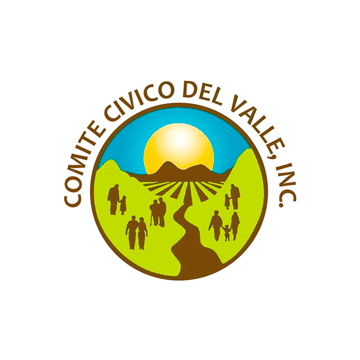
Comite Civico del Valle (CCV)
CCV was founded on the principle that "informed people build healthy communities," working to improve disadvantaged communities in the Imperial Valley through education and civic engagement. CCV has grown to serve various California communities through collaborative efforts with other established Environmental Justice organizations and in partnership with researchers, academia, and government agencies. Tracking California's partnership with CCV began in 2009 on a perchlorate biomonitoring study. Since then, we have been working with CCV on a range of community science projects, including the Imperial Community Air Monitoring Project, California Air Resources Board community air grants, and the Salton Sea Children's AIRE Study. Tracking California is also providing technical assistance to the AIRE Collaborative, of which CCV is a member. CCV participates as a member of our Tracking Implementation Advisory Group.

Georgia Health Policy Center (GHPC)
The Georgia Health Policy Center provides evidence-based research, program development and policy guidance to improve health at a community level. Tracking California has worked with the Georgia Health Policy Center's SCDC program since 2010 at the initial start of what is today known as our Sickle Cell Data Collection program which conducts statewide all population public health surveillance for those with SCD at the state level. We have also collaborated (2019-2020) to provide technical assistance to 7 other states by supporting them in developing infrastructure to implement their own SCDC programs.
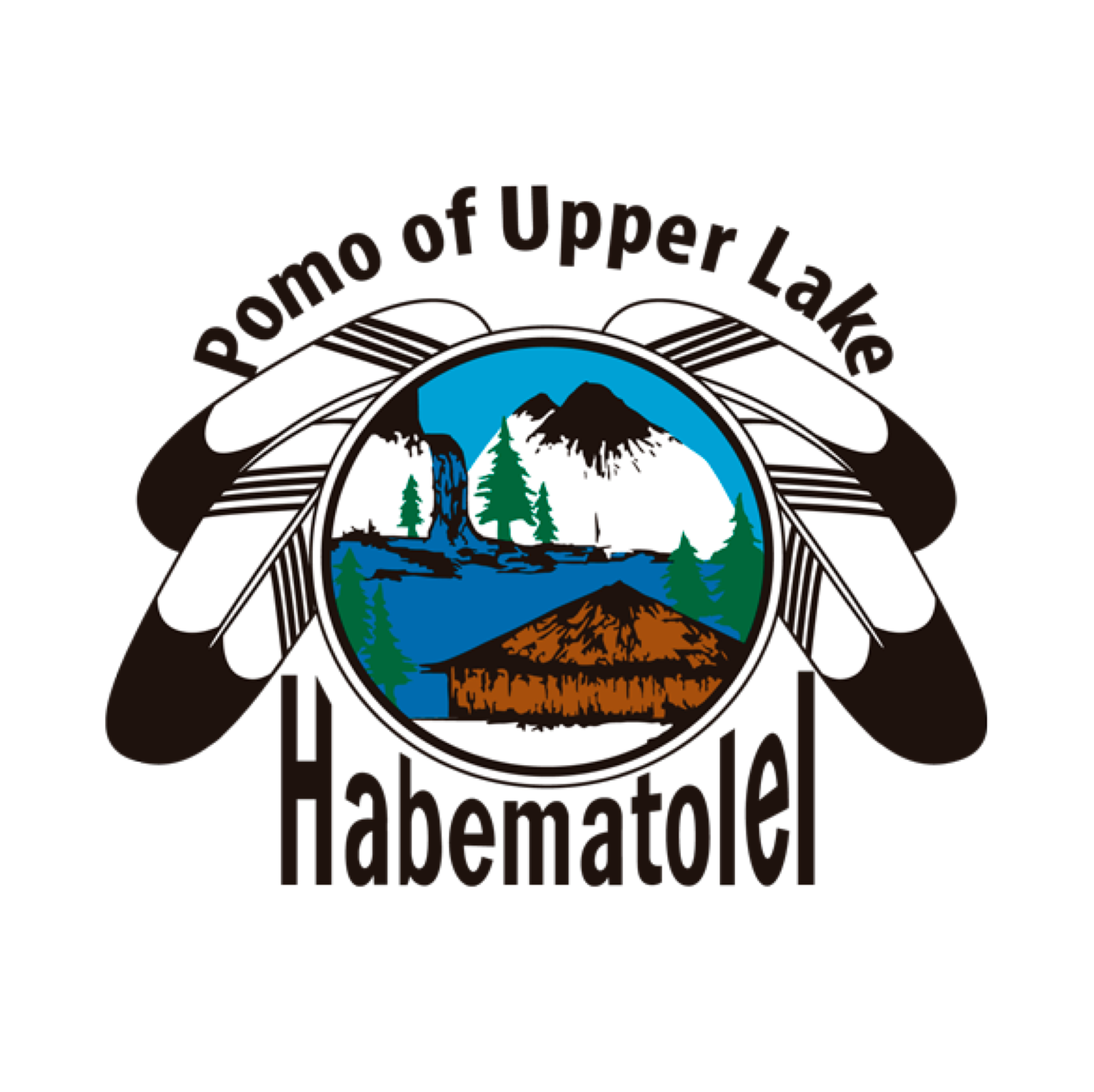
Habametolel Tribe
The Habematolel Pomo of Upper Lake is a federally-recognized native sovereign nation, descending from four pre-contact tribes known as the Xowalek, Danoxa, Yobotui and Kaiyao-Matuku, who occupied the region of Upper Lake, California. The tribe actively engages in various cultural and educational initiatives to pass down their heritage to future generations while also promoting economic development and self-sufficiency. They are an active member of our CHARM Lake County Working Group and are also supporting project outreach activities to their members.
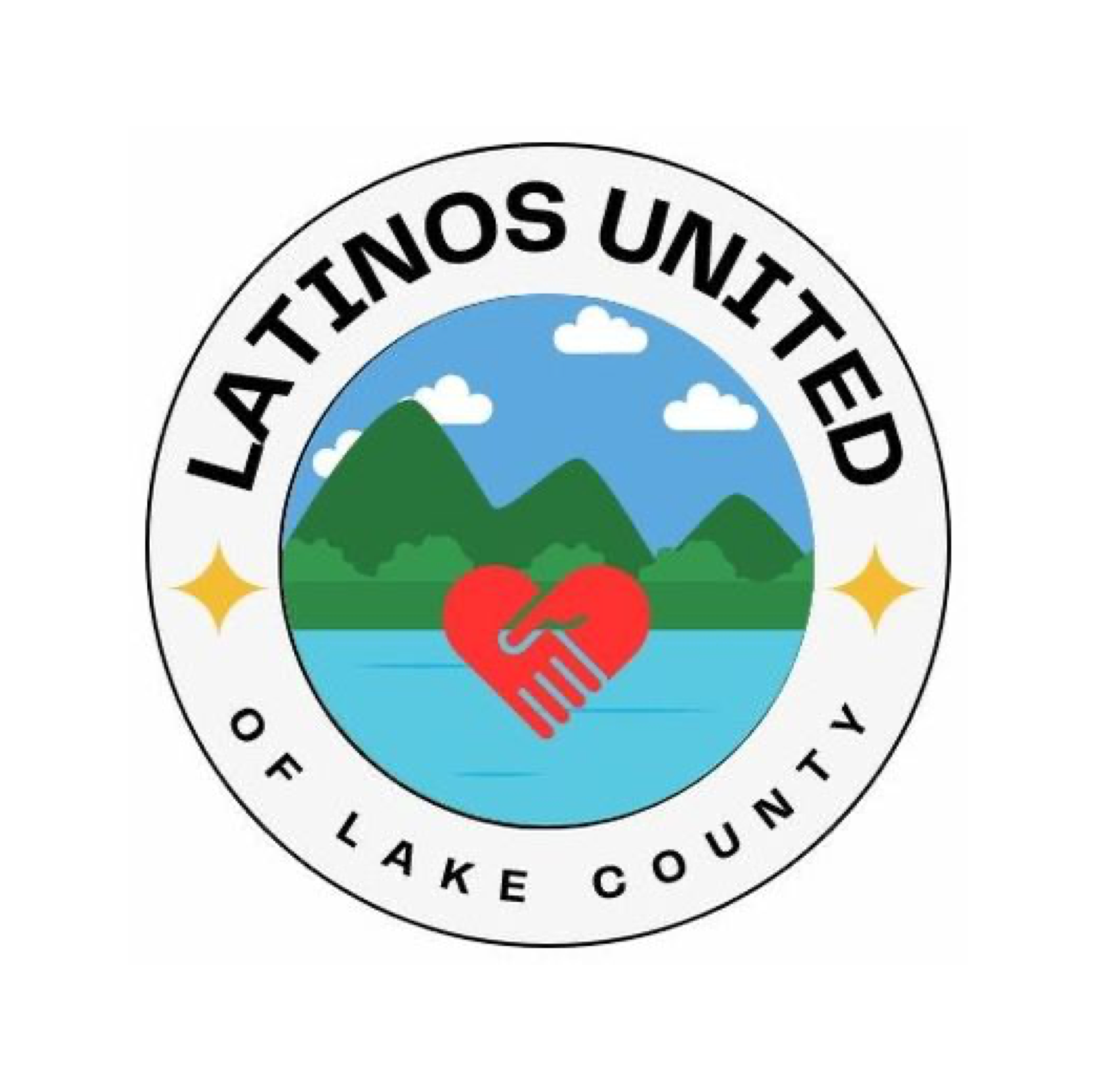
Latinos United of Lake County
Latinos United of Lake County (LULC) is a non-profit organization working throughout the county to promote and improve the health of individuals in need, support youth through scholarships for higher education, and coordinate cultural events for the Latinx community in Lake County. LULC is involved with the CHARM project as part of our Working Group and by supporting project outreach activities with Spanish speakers.
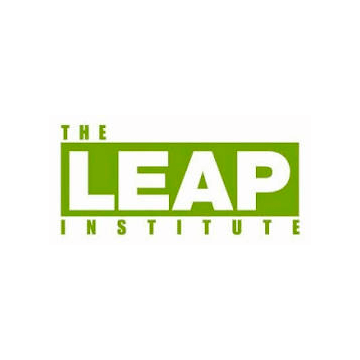
LEAP Institute
The Latino Environmental Advancement & Policy Project (LEAP) is a community-based organization that works with farmworker, immigrant, youth and disadvantaged communities in western Fresno and Kings counties to achieve social, economic, environmental and climate justice. In 2019, Tracking California began working with the LEAP Institute to support their implementation of a California Air Resources Board community air grant. We are providing scientific guidance, data analysis, training, project evaluation, and other assistance to support LEAP's efforts to establish a community air monitoring network. Tracking California is also providing technical assistance to the AIRE Collaborative, of which LEAP is a member.
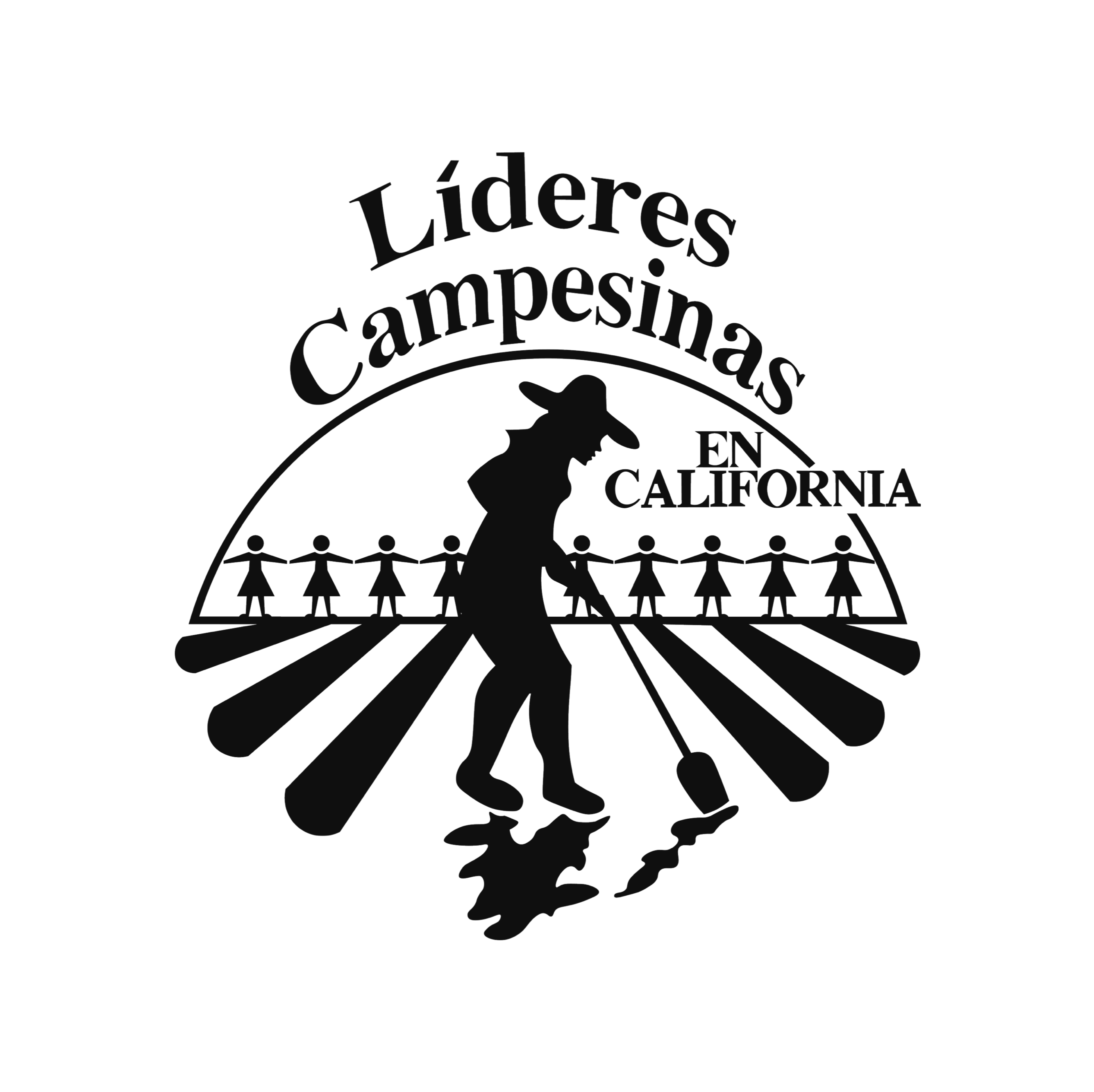
Lideres Campesinas
Lideres Campesinas works to strengthen the leadership of farmworker women and youth so that they can be agents of economic, social, and political change and ensure their human rights. They provide farmworker women, long-time leaders, and activists in the farmworker movement with the opportunity to coordinate their work statewide through outreach and education, technical assistance, and a leadership institute. Líderes Campesinas focuses on the inherent power and leadership of farmworker women, based on the conviction that by investing in these women, they are helping take care of entire families and communities. Líderes Campesinas haspartnered with the Public Health Institute on several farmworker-focused projects since 2020, including implementation of a wildfire alert system in Ventura County, collaboration with Cal/OSHA to improve workplace safety, and raising awareness of impacts of climate change on farmworkers through digital storytelling, in partnership with StoryCenter.
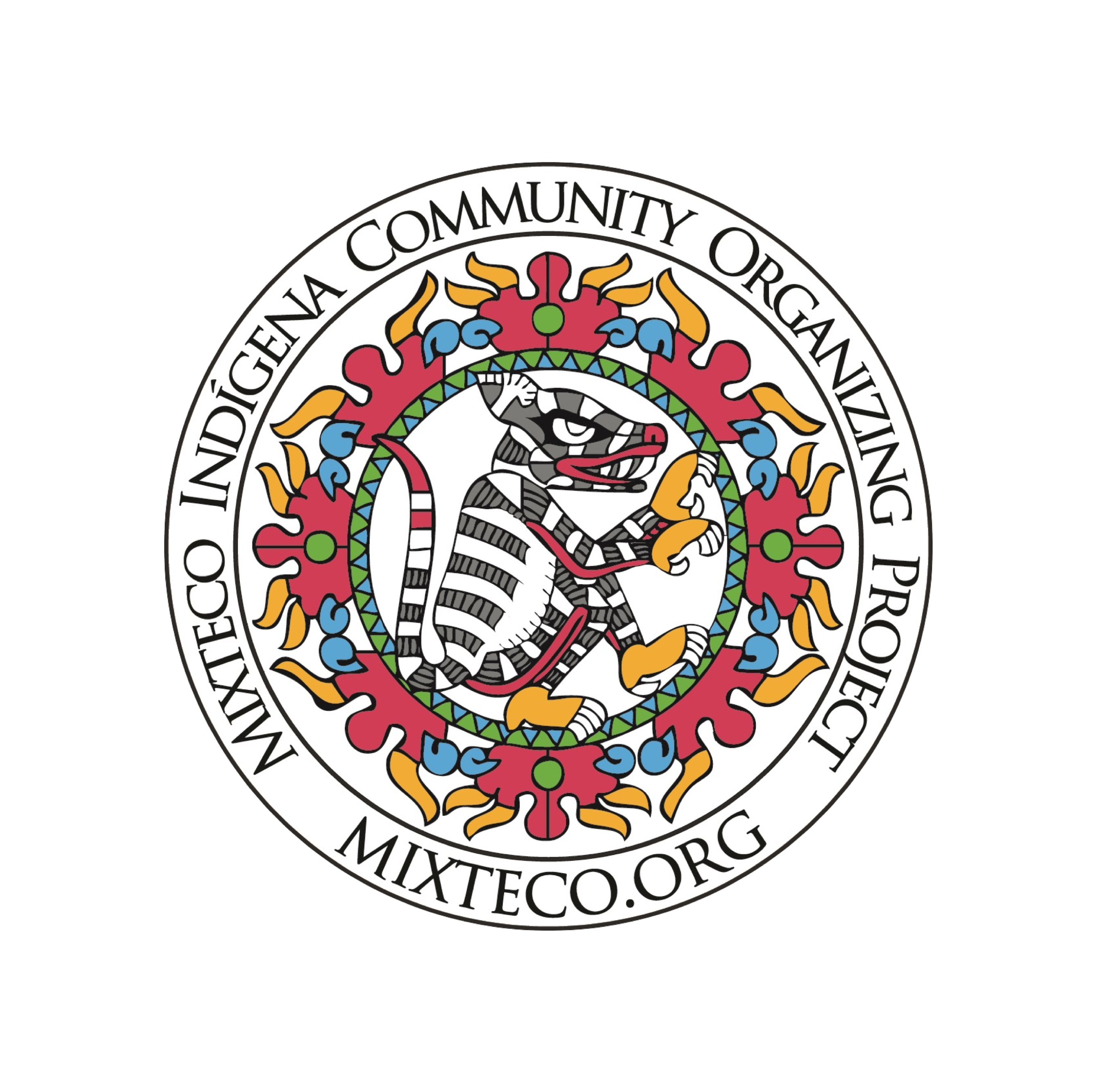
MICOP
MICOP works to support, organize, and empower the Indigenous migrant communities in California’s Central Coast. MICOP programs include interpretation, immigration, policy advocacy, and several other social support programs for more than 20,000 Indigenous language-speaking residents of Ventura County. MICOP has been working with communities on the Central Coast since 2001 and has been a partner of the Public Health Institute on several farmworker-focused projects. Through PHI’s Achieving Resilient Communities (ARC) project, MICOP has implemented concrete measures in support of farmworker health and safety, including a wildfire audio alert system in partnership with the Ventura County Air Pollution Control District, collaboration with Cal/OSHA on workplace safety, and a partnership with StoryCenter to raise awareness of the impacts of climate change on farmworkers through digital storytelling.
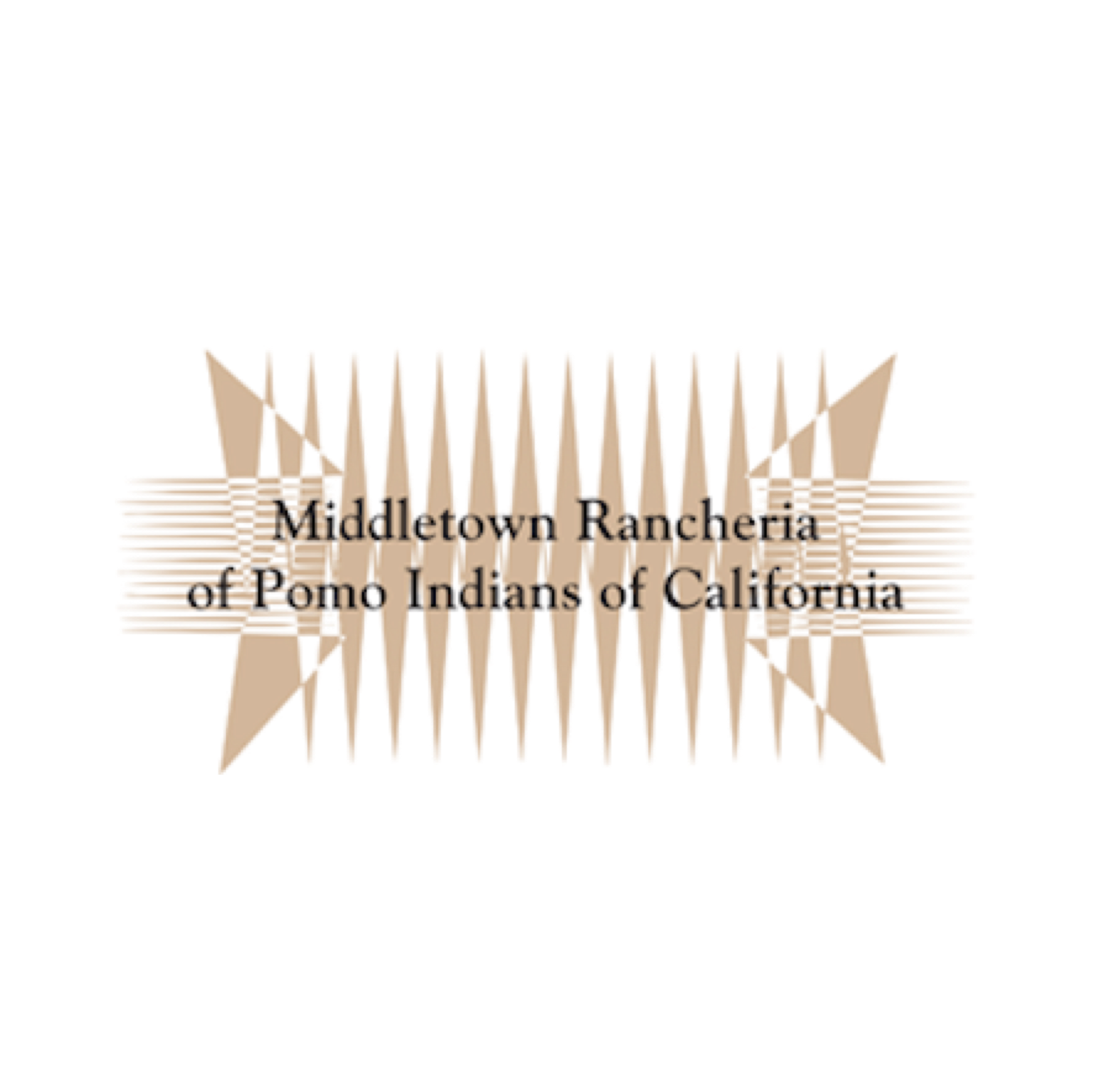
Middletown Rancheria
The Middletown Rancheria of Pomo Indians of California is a federally recognized tribe of Pomo Indians, as well as some Wappo and Lake Miwok Indians, in California, headquartered in Middletown, California. The Middletown Rancheria’s entire membership is 266 Tribal Members, and their mission is to preserve and protect their common and natural resources and to provide for the welfare and prosperity of their people. They are an active member of our CHARM Lake County Working Group and are also supporting project outreach activities to their members.
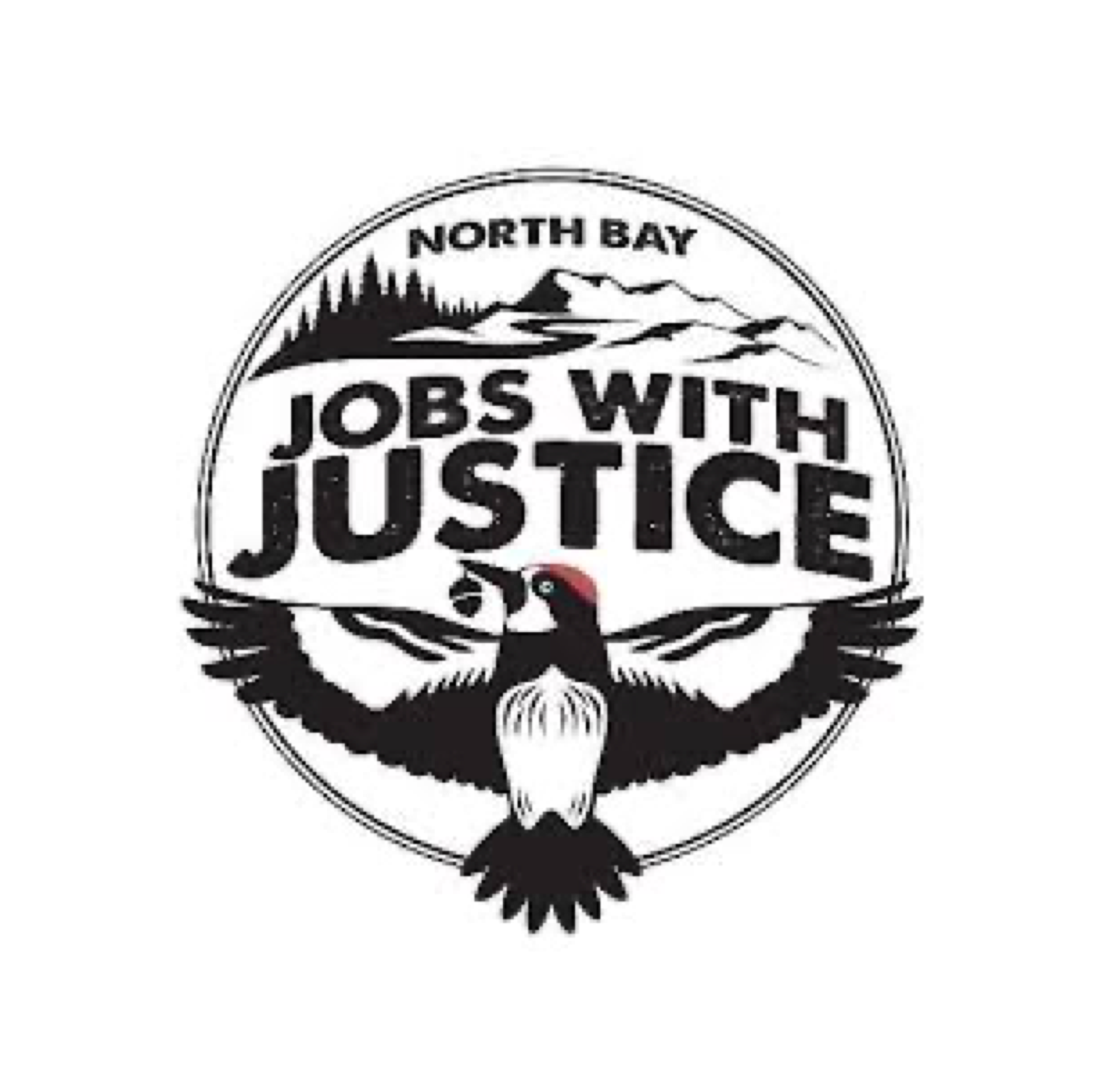
North Bay Jobs with Justice (NBJwJ)
North Bay Jobs with Justice (NBJwJ) is a grassroots coalition of over 30 community and labor organizations building power and achieving economic and racial justice for populations on the frontlines of climate change. NBJwJ is currently organizing with farmworkers to advance economic and racial justice in their current jobs, while also developing a just transition by workers into resilience work. In the ARC project, NBJwJ is the primary partner in Sonoma County, providing PHI with guidance as it extends technical assistance and advocacy support to increase protections for farmworkers threatened by heat and smoke due to climate change.
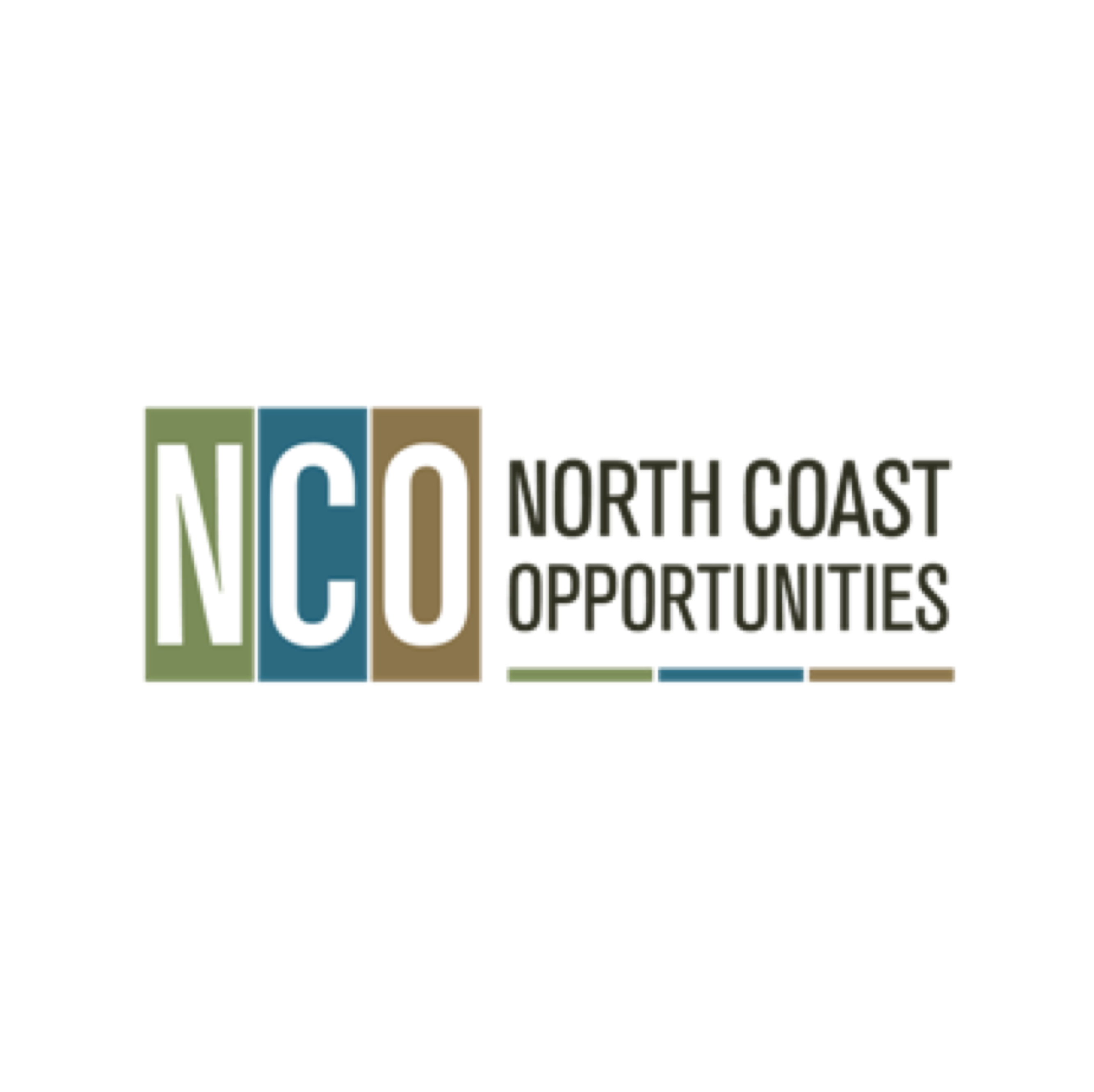
North Coast Opportunities
North Coast Opportunities, Inc. (NCO) is a Community Action Agency that primarily serves the populations in Lake and Mendocino Counties. NCO was established in 1968 as part of President Johnson's War on Poverty, with the mission of assisting low-income and disadvantaged people to become self-reliant. NCO empowers people to transform their lives through vital services, acting as a community leader to build economic justice and well-being for all. They have partnered with Tracking California as part of the CHARM Lake County Working Group and are also supporting project outreach activities to the communities they serve.
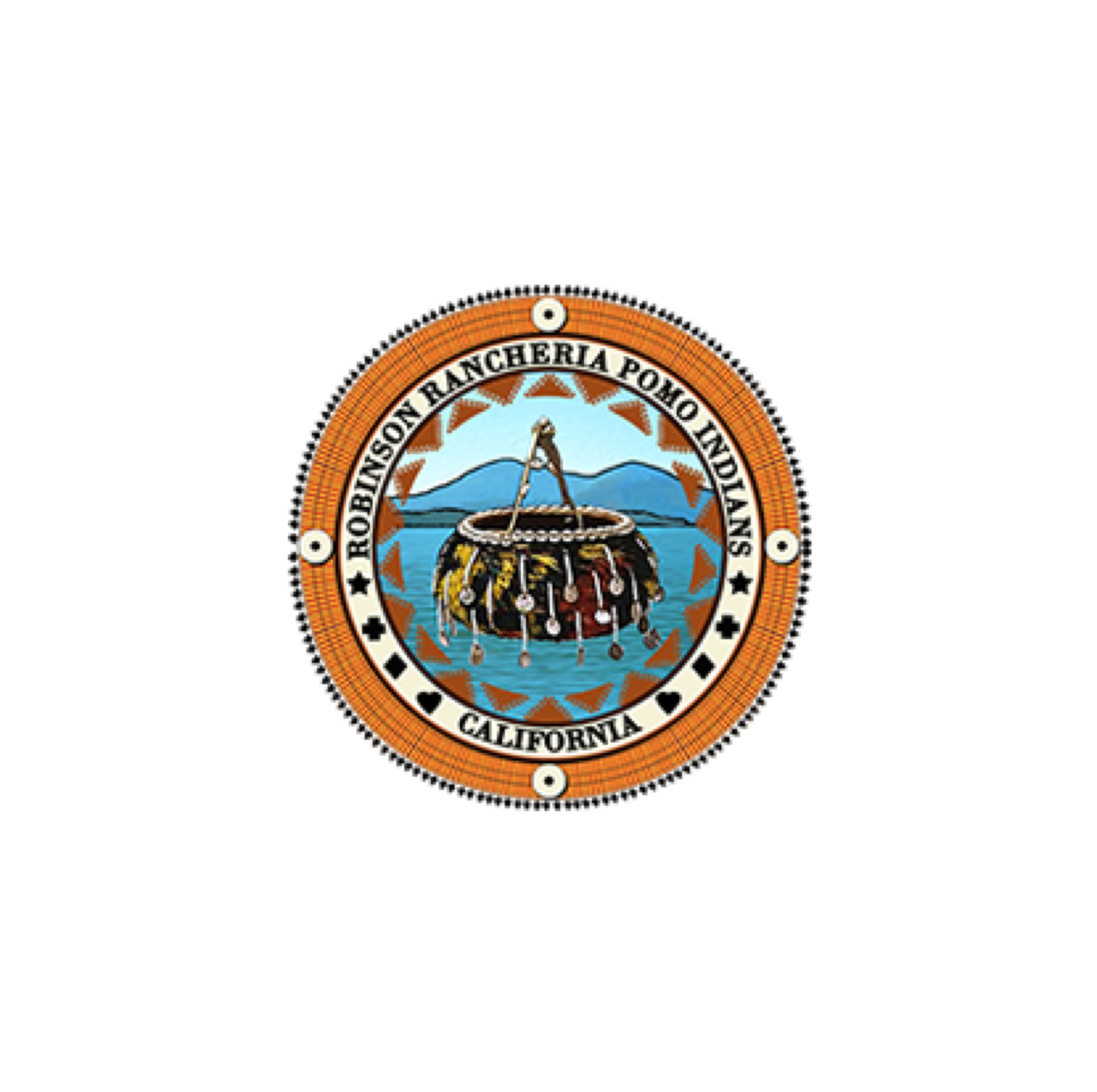
Robinson Rancheria
Robinson Rancheria Pomo Indians of California is a federally recognized tribe of Eastern Pomo people in Lake County, California. As the original inhabitants of California’s Clear Lake and volcano, Mt. Konocti, their land is at the heart of our culture and heritage. They are a self-governed nation that supports their people and community who honors our ancestors by preserving and practicing culture, asserting tribal sovereignty through economic development while improving the lives of all tribal members. The Rancheria’s Environmental Center provides capacity-building of environmental programs important to the Tribe that promote healthy, safe and clean environments to the tribal community – pursuant to this work, they are partnering with Tracking California as part of the CHARM Lake County Working Group and are also supporting project outreach activities to their members.
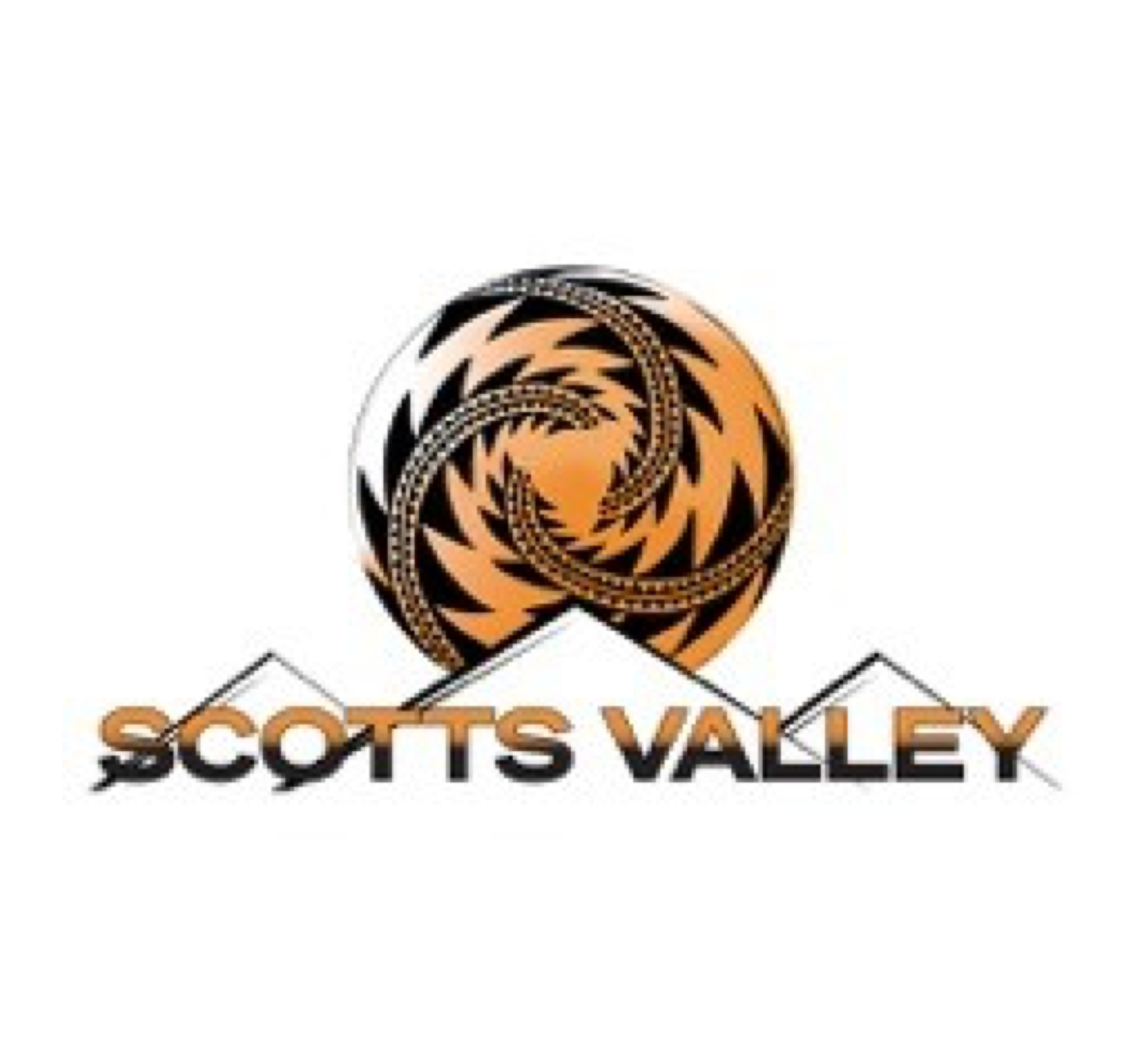
Scotts Valley Band of Pomo Indians
The Scotts Valley Band of Pomo Indians (SVBPI) is a landless Tribe with a current membership of nearly 300 Tribal members. Their Tribal Environmental and Natural Resource Protection Department (TENRD) is responsible for creating and implementing the Tribal Environmental Plan and is active in many environmental protection efforts that impact air, land, and waters – pursuant to this mission, they are an active member of Tracking California’s CHARM Lake County Working Group and are also supporting project outreach activities to their members.

Sickle Cell Disease Foundation (SCDF)
The SCDF is the largest California SCD community-based organization. They provide life-enhancing education, services and programs for individuals living with sickle cell disease. Tracking California has worked with SCDF since 2010 to help support those living with SCD with better information through our Sickle Cell Data Collection program. We partner with them by providing data analysis on California's sickle cell population to help improve outreach, care, and awareness.

University of California, San Francisco Benioff's Children's Hospital's Comprehensive Center for Sickle Cell Disease
The Children's Hospital offers the largest and most comprehensive Sickle Cell Program in the Western United States. Their pediatric specialists provide diagnosis, treatment, and long-term health management for children and young adults with sickle cell disease of all types. We have worked with the Children's Hospital since 2010 to help support those living with SCD with better information through our Sickle Cell Data Collection program. We collaborate with them to co-host our SCD resource Facebook page which we frequently update with information relevant to the SCD community. We also have a webpage linked to their main site where we post our webinar announcements and recordings.

University of Southern California, Division of Environmental Health
Dr. Shohreh Farzan and Dr. Jill Johnston of USC's Division of Environmental Health work to understand and address environmental contaminants and their adverse impacts on health. Dr. Farzan and Dr. Johnston are leading the Salton Sea Children's AIRE Study, which aims to assess exposure and respiratory health impacts of particulate matter among schoolchildren living near the Salton Sea. Tracking California is supporting the project's community engagement and results communication activities.
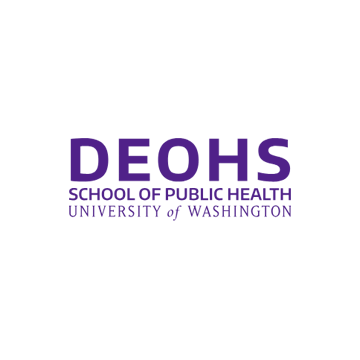
University of Washington, Department of Environmental & Occupational Health Sciences (DEOHS)
Dr. Edmund Seto at UW's DEOHS conducts exposure assessments for studies of air pollution, noise exposures, and infectious agents using spatial methods, mathematical models, and novel information technologies. Tracking California first worked with Dr. Seto on the Imperial Community Air Monitoring Project and are now collaborating together on the Salton Sea Children's AIRE Study, where Dr. Seto's group is leading the exposure assessment activities to understand how air pollution from the Salton Sea impacts children's respiratory health.

West Oakland Environmental Indicators Project
The West Oakland Environmental Indicators Project is a resident led, community-based environmental justice organization dedicated to achieving healthy homes, healthy jobs and healthy neighborhoods for all who live, work, learn and play in West Oakland, California. WOEIP has been an advisor for Tracking California since 2003, first as a member of our Statewide Planning Consortium and now as a member of the Tracking Implementation Advisory Group. We have collaborated on an indoor air quality study and recently co-hosted a community air monitoring workshop. Tracking California is providing technical assistance to the AIRE Collaborative, of which WOEIP is a member.

ZevRoss Spatial Analysis
ZevRoss Spatial Analysis was founded in Ithaca, NY by the principal, Zev Ross, who has 20 years of experience conducting research in the fields of environmental health, exposure assessment, natural resources and urban planning. The company has helped to unravel geographic and temporal patterns in data for clients ranging from the World Health Organization and Fortune 500 companies to universities and small non-profit organizations. Tracking California has worked with ZevRoss Spatial Analysis on several data projects, including the Pesticide Mapping Tool and Traffic Tool.
